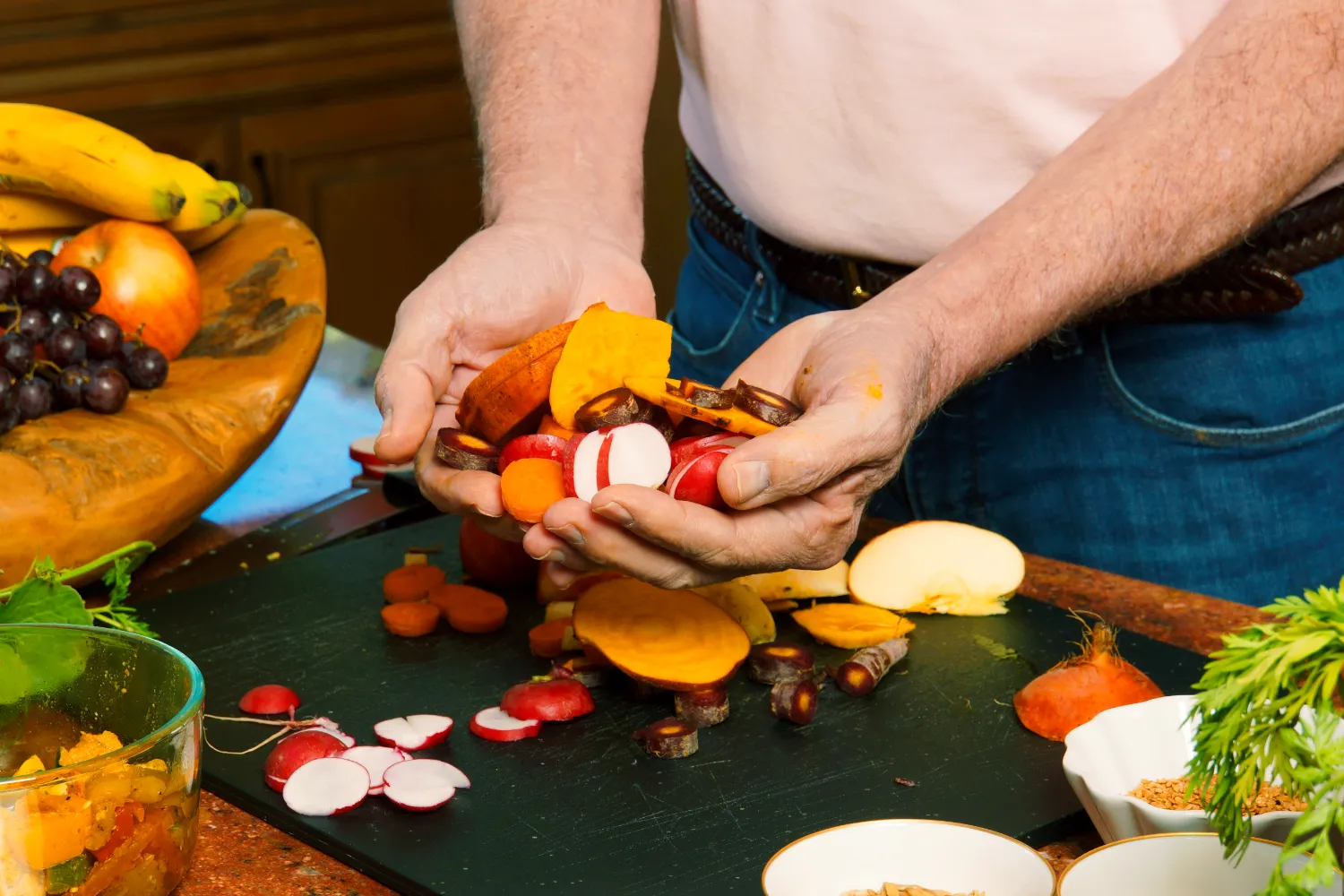
INTERCONNECTED PLATES
A MEDITERRANEAN-INSPIRED GUT HEALTHY COOKBOOK
Dive into the world of vibrant well-being with Emeran Mayer’s latest book, Interconnected Plates. Explore the delicious intersection of science and Mediterranean flavors, as Dr. Mayer guides you through the secrets of a healthy gut, one delectable recipe at a time. Embark on a path to improved digestion, enhanced energy, and sustained overall wellness.
EMERAN MAYER, MD
GUT HEALTH EXPERT AND AUTHOR
Emeran Mayer, MD is a world-renowned and award winning gastroenterologist and neuroscientist. He has accumulated 35 years of research on the clinical and neurobiological relationship between the digestive system and the nervous system.
FEATURED IN

Sign up for our exclusive newsletter to support your healthiest gut

BOOKS

The Mind-Gut Immune Connection
Understanding How Food Impacts Our Mind, Our Microbiome, and Our Immunity

The Mind-Gut Connection
How the Hidden Conversation Within Our Bodies Impacts Our Mood, Our Choices, and Our Overall Health
THE MIND GUT CONVERSATION PODCAST
The Mind Gut Conversation Podcast brings in experts within various fields of health & science to have a discussion with world-renowned gastroenterologist and best-selling author of The Mind Gut Connection and The Gut Immune Connection, Emeran Mayer, MD.









